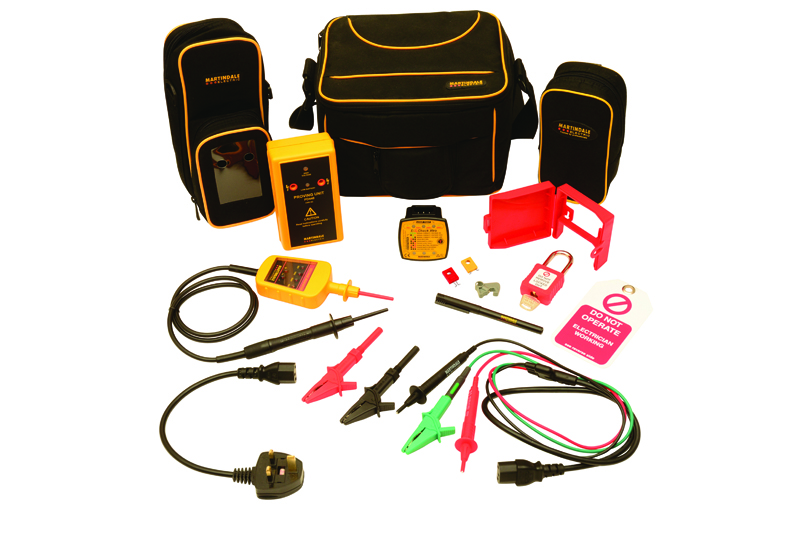
Steve Dunning, Managing Director at Martindale Electric, provides further clarification on the guidance issued in the revised TB 118 for gas safe registered businesses and engineers.
What is TB 118?
Technical Bulletin (TB 118) was updated in January 2018 and includes new guidance in relation to electrical safety when working with electrical equipment, including gas appliances. Established for over 10 years, TB 118 contains guidance to help gas engineers understand the legal requirements relevant to working on equipment that has an electrical supply.
An electric shock can be fatal, and with 16% of all fatalities at work being electricity related, it’s clear how important the guidelines are.
How do you comply?
One of the main changes in the latest version of TB 118 regards checking the electrical supply to the gas appliance is earthed. One of the safest ways to do this is to measure the earth loop impedance of the power supply, using an instrument designed for that purpose, such as an advanced socket tester.
A low earth loop impedance measurement is important to ensure that fuses and miniature circuit breakers achieve a fast-enough disconnection time to avoid electrocution. This approach uses a simple solution to comply with TB 118 and is common among service organisations, particularly those installing and maintaining domestic appliances.
When selecting your advanced socket tester, the process for identifying a satisfactory earth can be simplified by selecting an instrument which combines a basic socket tester with an earth loop check, such as the EZ650 from Martindale.
What simple solutions are available for mains earth verification, locking off and proving dead?
The new procedures for loop impedance are in addition to the existing requirements for safe isolation of the appliance before any work is carried out. And, although ensuring the right tools are available for the job might seem like common sense, it’s still proving to be an issue among some installers.
For example, using a multimeter to prove a circuit is dead is not permissible as it could easily give a misleading reading if set to the wrong range, or if the batteries need replacing. As a non-contact voltage detector is also unsuitable, the most reliable method for proving dead, by far, is to use a dedicated voltage indicator with no ranges, switches or batteries. The procedures require the voltage indicator to be tested before and after use with a proving unit to demonstrate that it is functioning correctly. Having the right locking off device to hand for all types of common circuit breakers or fuse holders is a must.
To keep things simple, many manufacturers now offer a variety of kits for live voltage indication and earth verification. Containing everything needed to achieve compliance, kits such as the TB118KIT1 from Martindale, include a voltage indicator and matching proving unit, an earth loop and polarity checker for socket and spur testing, and a range of fused spur and mcb locking off devices to enable engineers to securely lock off circuits before carrying out work.
When it comes to the tools a gas engineer uses, it is imperative that all test equipment is manufactured and certified to meet the relevant standards listed in TB 118.












